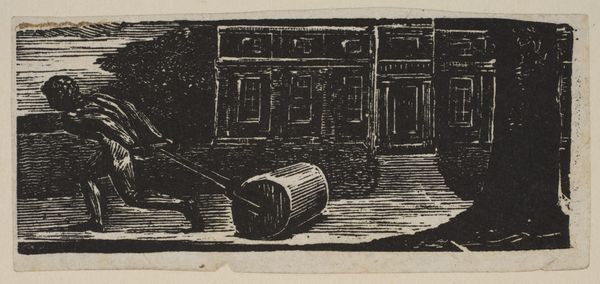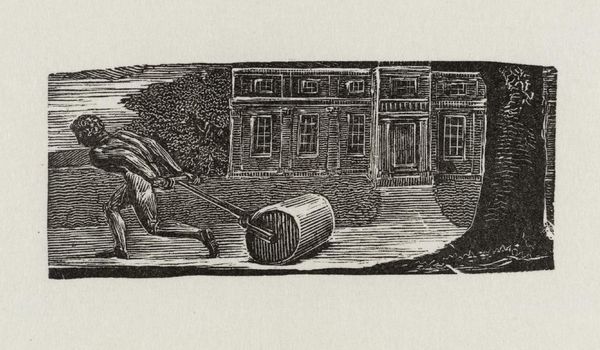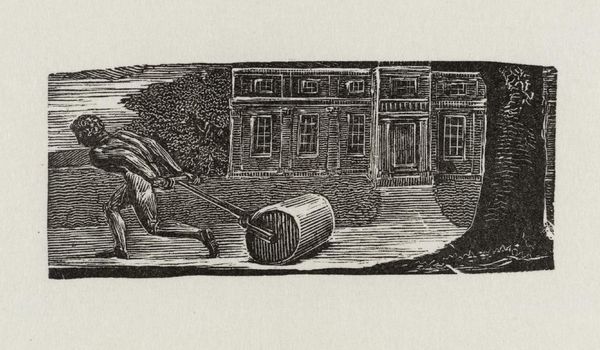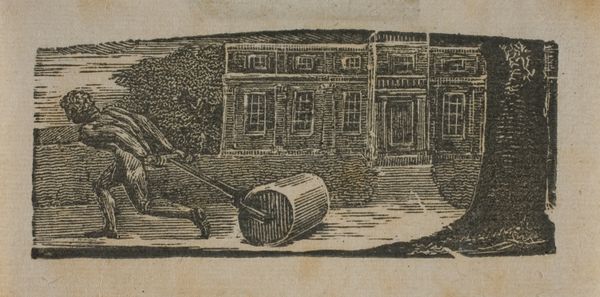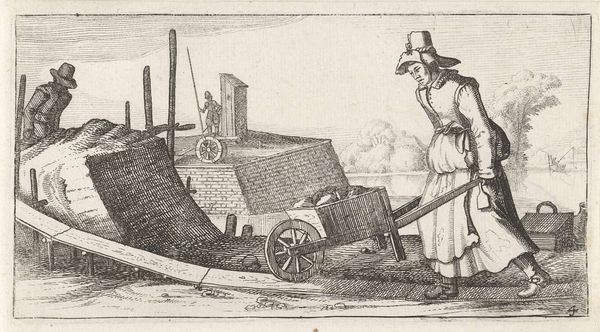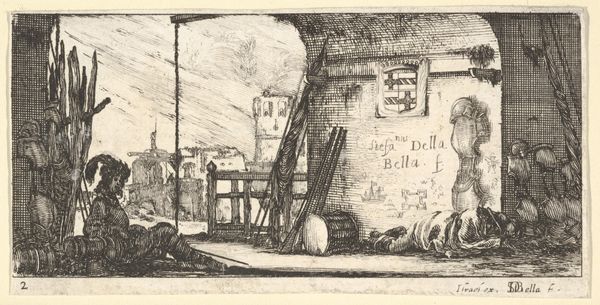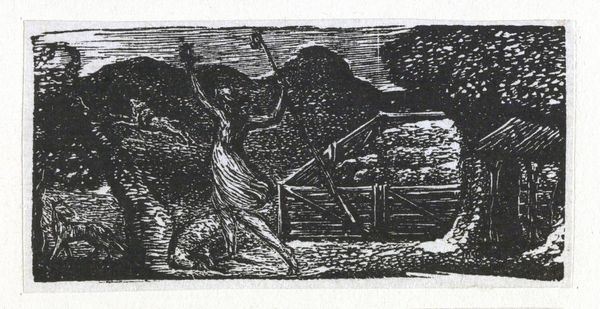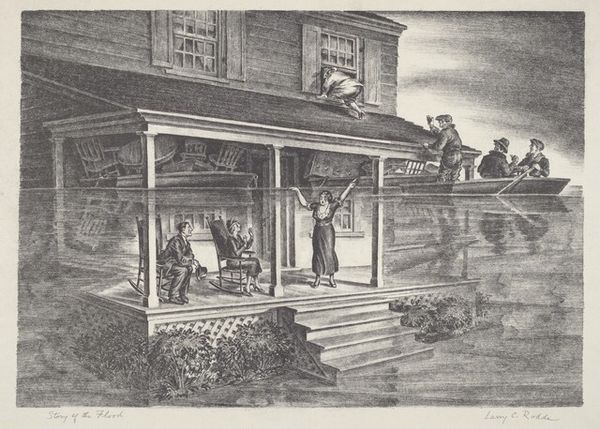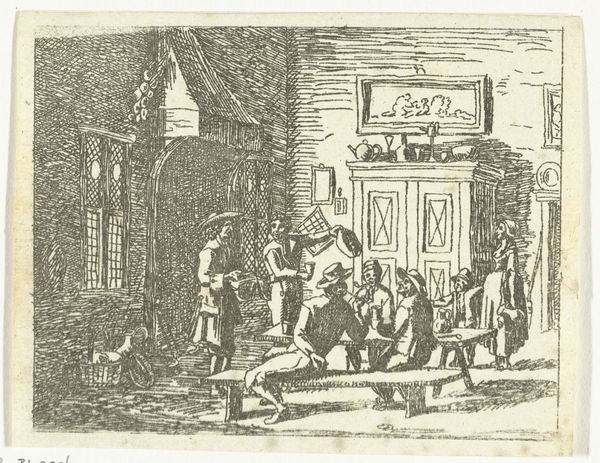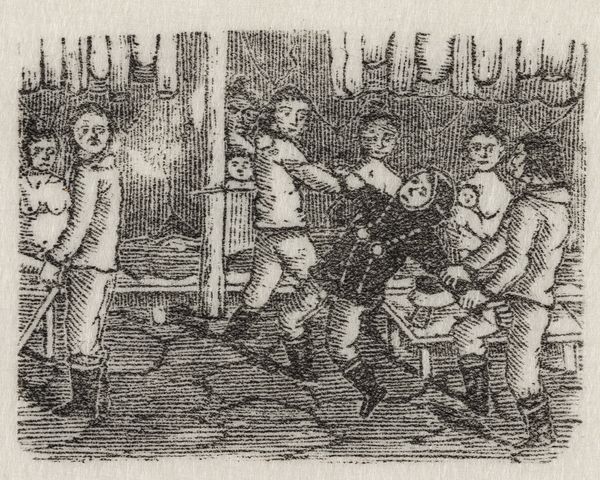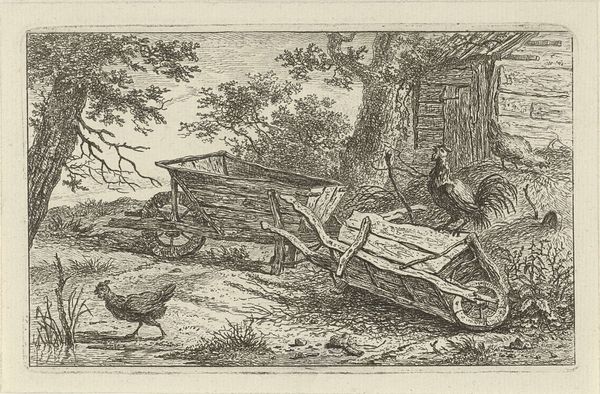
Dimensions: image: 33 x 77 mm
Copyright: NaN
Editor: This wood engraving, ‘A Rolling Stone is ever Bare of Moss’ by William Blake, presents a scene of labor before an imposing building. What historical narratives do you see interwoven in this image? Curator: It's crucial to understand Blake's radical politics. Consider the relationship between labor and the architecture. Who benefits from this labor? Does the bareness imply freedom or exploitation? Blake often critiqued social hierarchies. Editor: So, the "rolling stone" isn't necessarily a positive image? Curator: Precisely. It challenges the common proverb. The building itself, reminiscent of an estate, becomes a symbol of societal power structures. Blake's art encouraged viewers to question, not passively accept. Editor: I never considered that Blake would be taking a critical position here. Thanks for that perspective! Curator: It shows how art can be a form of social commentary. I'm glad we could unpack it together.
Comments
tate 8 months ago
⋮
http://www.tate.org.uk/art/artworks/blake-a-rolling-stone-is-ever-bare-of-moss-a00120
Join the conversation
Join millions of artists and users on Artera today and experience the ultimate creative platform.
tate 8 months ago
⋮
Samuel Palmer was the most important of Blake’s followers, known as the Ancients. Palmer first met Blake in 1824. He described these illustrations to an imitation of the First Eclogue by the Roman poet Virgil as ‘visions of little dells, and nooks, and corners of Paradise’. Palmer’s art was particularly influenced by them. These prints appealed to the Ancients because they were the result of Blake’s experiments with a new medium; he had never engraved on wood before. Even at the age of sixty-four he wanted to make further explorations in his art. Gallery label, August 2004
